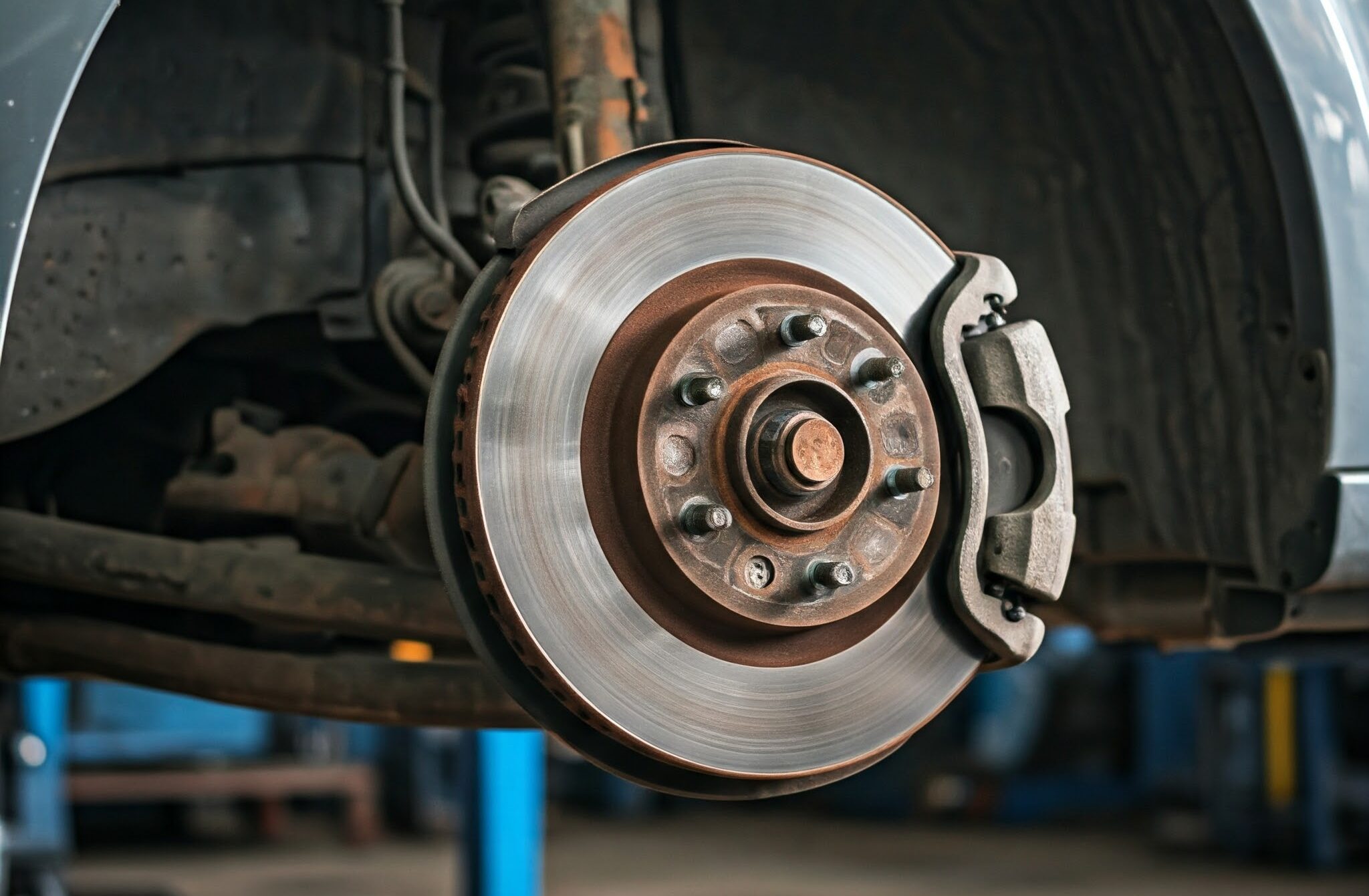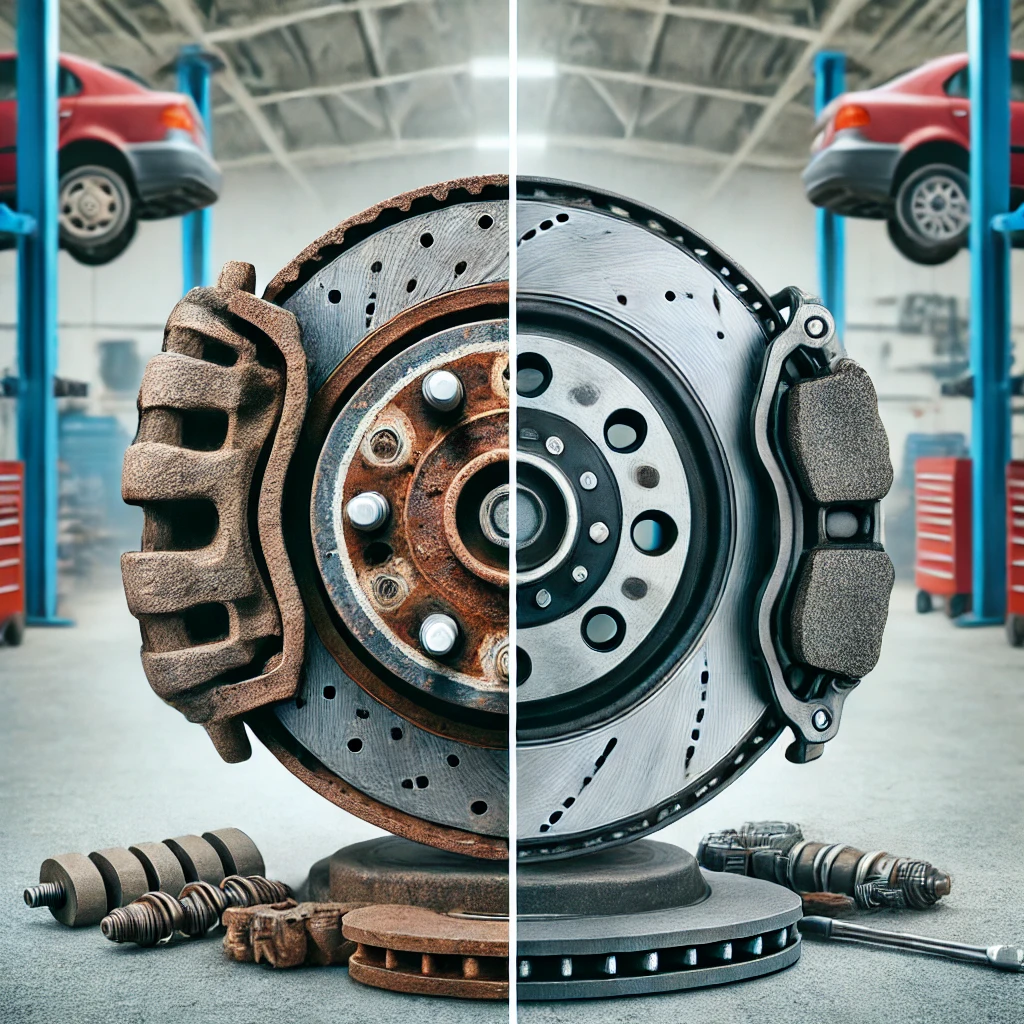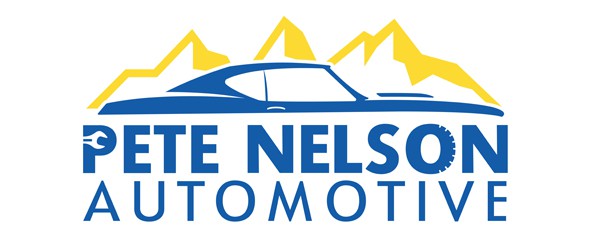 Importance of Brake Maintenance for Safety
Importance of Brake Maintenance for Safety
Your car’s brakes are one of the most critical components for ensuring your safety on the road. Proper brake maintenance not only prevents costly repairs but also protects you and others from potential accidents. Regular brake fluid flushes and checking the brake effectiveness of the components are key to avoiding brake failure. In this post, Pete Nelson Automotive will help you identify key signs that your brakes may need professional attention.
We’ll explore five common signs indicating your brakes might need repair, their causes, and the urgency of addressing them. By understanding these warning signs, including issues with brake pads, brake drums, and hydraulic pressure, you can keep your vehicle in optimal condition and avoid dangerous driving scenarios.
Sign #1: Squeaking or Grinding Noises
Sounds Indicating a Need for a Brake Service
If you hear high-pitched squeaking or grinding noises when you apply the brakes, it’s a clear sign of wear. These sounds often come from metal-to-metal contact, which occurs when brake pads have worn down completely.
Possible Causes and What They Signify
- Squeaking: Indicates worn brake pads or dirt/debris trapped in the braking system. Friction with brake pads can cause this sound.
- Grinding: Suggests that the brake pads are completely worn, causing the metal backing plate to grind against the rotor.
Ignoring these noises can lead to significant damage to the brake rotor, increasing repair costs and compromising safety. Schedule an inspection immediately.
Sign #2: Reduced Responsiveness
What a Soft or Spongy Brake Pedal Feels Like
A soft or spongy brake pedal means you need to press the pedal further to engage the brakes. This could indicate a serious issue with hydraulic pressure.
Potential Mechanical Issues That Lead to This Problem
- Air in the brake lines
- Leaking brake fluid
- Worn or damaged brake master cylinder
Impact on Driving Safety
Reduced responsiveness can lengthen stopping distances, increasing the risk of accidents. Weak braking becomes especially dangerous in adverse weather conditions. Don’t delay getting this checked.
Sign #3: Pulling to One Side
Symptoms and Possible Mechanical Problems
If your car pulls to one side while braking, it’s a sign of uneven braking force. This could be caused by:
- Uneven brake pad wear
- Stuck brake caliper
- Issues with brake fluid distribution
Vehicle Control and Safety
Pulling to one side affects your control over the vehicle and makes emergency braking unpredictable, creating a dangerous driving condition.
Recommendations for Inspection and Repair
Consult a professional mechanic at Pete Nelson Automotive to diagnose and resolve the issue promptly. Whether it’s a problem with brake shoes, brake drums, or hydraulic pressure, prompt attention is necessary.
Sign #4: Warning Lights on the Dashboard
Dashboard Warning Lights Related to Brakes
Modern cars have dashboard warning lights that indicate brake-related issues, such as the ABS light (Anti-lock Braking System), the parking brake warning light, or the general dashboard brake light.
Importance of Not Ignoring Warning Lights
Warning lights are not just suggestions; they indicate potential problems that could escalate quickly. Ignoring them can lead to brake failure.
Steps to Take When a Warning Light Appears
- Check the vehicle’s manual to identify the issue.
- Schedule a brake system inspection immediately.
Sign #5: Vibration or Shaking When Braking
What Causes Vibrations During Braking
Vibrations or shaking felt through the brake pedal or steering wheel usually point to warped brake rotors or misaligned wheels. Friction with brake pads can also contribute to vibrations.
Implications for Brake Discs and Alignment Issues
Warped rotors reduce braking efficiency and can lead to uneven wear on other components. Misalignment can cause further handling issues.
Recommendation for Timely Repair
Address these symptoms quickly to prevent additional damage and restore smooth braking performance. Types of brake pads and their wear levels might also be assessed during the repair.
 Knowing the signs of brake issues and brake pad issues—squeaking noises, reduced responsiveness, pulling to one side, dashboard warning lights, and vibrations—is essential for your safety and your car’s longevity. Regular brake inspections can save money by increasing brake pad life and preventing accidents. Don’t wait until it’s too late. If you’ve noticed any of these warning signs, contact Pete Nelson Automotive today to schedule a professional brake inspection.
Knowing the signs of brake issues and brake pad issues—squeaking noises, reduced responsiveness, pulling to one side, dashboard warning lights, and vibrations—is essential for your safety and your car’s longevity. Regular brake inspections can save money by increasing brake pad life and preventing accidents. Don’t wait until it’s too late. If you’ve noticed any of these warning signs, contact Pete Nelson Automotive today to schedule a professional brake inspection.
FAQs
How Often Should Brakes Be Serviced?
Brakes should be inspected at least once a year or every 12,000 miles, whichever comes first. Regular brake fluid flushes are also recommended to maintain system efficiency.
What Are the Typical Costs for Brake Repair?
Costs can range from $150 to $400 per axle, depending on the extent of the repair and the type of vehicle. Brake pad replacement costs vary based on the types of brake pads used.
Can I Drive with a Soft Brake Pedal?
No, driving with a soft brake pedal is unsafe and should be addressed immediately.
Why Are My Brakes Squeaking if They’re New?
New brakes may squeak due to the materials used in brake pads or improper installation. Have them checked out if the noise persists.
Don’t compromise on safety. If you have any brake concerns schedule your brake inspections or brake repair services with Pete Nelson Automotive today for the best auto repair professionals. Visit our location in Sun City or call us at 623-974-4723 to book your appointment!


